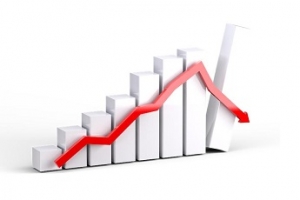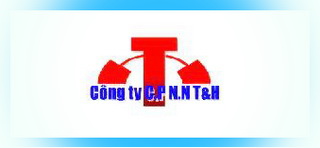Economic - Markets
All Eyes on the Milk Price

Within dairy specifically, all eyes are on the milk price into the coming months, with values falling slowly but steadily recently. This price pressure, coupled with still high cost of production, will mean that some dairy farmers might struggle to achieve profitability this year. Data shows that cows’ numbers began to contract in November and December, and if margins remain tight, Rabobank expects additional declines in the herd size.
Even if cow numbers contract, Rabobank still expects stronger milk supplies this year versus 2022, likely climbing around 1% during this calendar year. This additional volume, coupled with a return to stronger production in the EU as well, means that demand will need to keep pace to avoid further milk price declines.
China’s demand, or lack thereof, will be a key global price driver this year. Their demand slowdown throughout most of 2022 has been a key contributor to weaker milk prices in recent months. As China moves past its Covid-abatement policies that lasted longer than nearly any other country, it is expected that dairy demand will climb into the second half of this year. While China’s milk production is growing, it is still expected that buyers in the country will seek dairy products for key global regions, including the US, to meet anticipated demand. China stepping back into the market to buy would be a bullish driver and would increase milk prices, with Rabobank estimating this will happen by the second half of this year.
While dairy farmer margins might be tight in the near term, expected additional demand should provide some profitability in the back half of the year. A strong spring flush is expected though with some additional culling expected before milk prices improve by summer.





















